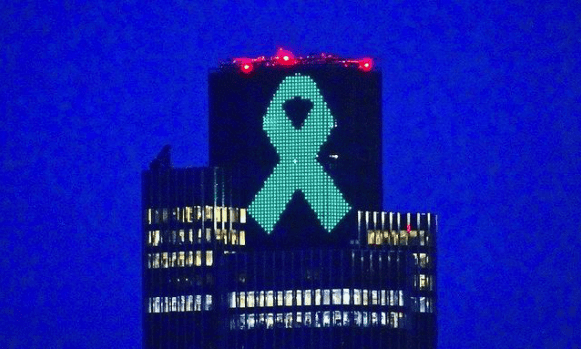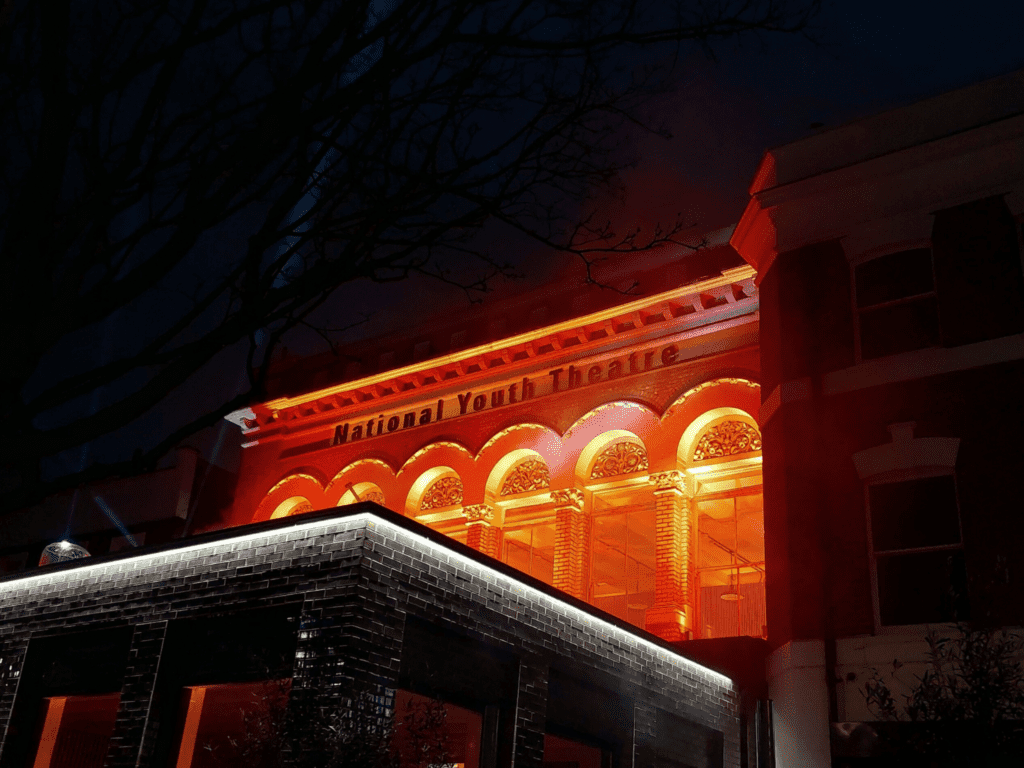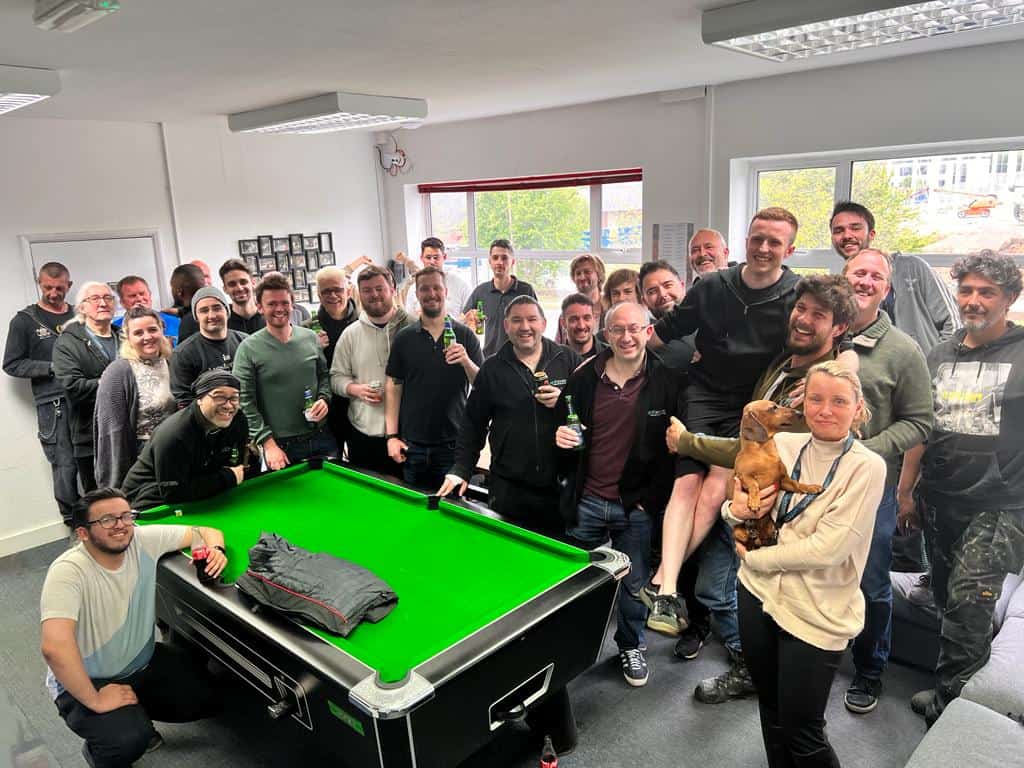Light Fantastic Production Services upgrades display on iconic London landmark
Tower 42, one of the tallest buildings in London, recently enlisted Light Fantastic Production Services (LFPS) to upgrade the control system powering its iconic LED display.
The top three floors of the distinctive skyscraper, visible from all sides of London, are lit up year round with still images and animations representing charitable causes and topical dates in the calendar. These images are shown on a screen made up of 5,905 bespoke RGB pixels, which are programmed and maintained by the LFPS team.
LFPS were enlisted in 2021 to carry out a complete overhaul of the control system which powers the display. Having been in situ for over 10 years in a hostile environment 40+ floors above London, it was beginning to suffer occasional failures. The building’s owners were keen to maintain the screen in great condition, in line with its status as a London landmark.
The first challenge for the LFPS team was to reverse engineer the existing hardware, which received data from a Madrix server over Artnet and distributed it around the installation to 17,715 individual channels. After some R&D work, LFPS were able to establish that the original installation used an unusual implementation of an SPI protocol which predated current pixel control technology.
Having undertaken the initial R&D phase of the project, the LFPS team explored various options for the upgrade and decided to partner with industry experts Artistic Licence, whose Artnet products are ubiquitous in the lighting industry. Working together, the two teams specified 57 of Artistic Licence’s new PixiLynx units – a four channel DIN rail-mounted Artnet & sACN to SPI gateway, specifically designed for high-volume pixel applications.
Each of the PixiLynx outputs can be configured to drive a specific SPI protocol from a wide range of supported protocols. Additionally, up to 4 universes can be routed to each of the 4 outputs, giving an effective 16 universes per unit. The physical USPI output is connected via RJ45 and provides unipolar, differential and open-drain interfaces. These options allow simple connection to the majority of pixels and pixel tapes. Use of the differential topology provides long cable support between gateway and pixels.
The units were a perfect fit for the project due to their small form factor, powerful capabilities and suitability for integration into the existing cable infrastructure on site.
In order to work in as sustainable a manner as possible, the LFPS team devised a way to utilise as much of the original installation as possible, designing custom metalwork to allow the retention and recycling of the existing 57 control enclosures and 114 power supplies. This was completed with a bespoke PCB and hardened network switch to distribute power & data within each enclosure.
Artistic License CEO Wayne Howell commented: “We were in the final stages of developing our pixiLynx SPI gateway when this project appeared on the horizon – it was perfect timing. The work kicked off in the middle of the pandemic so instead of spending time on site, the Light Fantastic team shipped us some of the existing hardware to analyse the control protocol in detail at our HQ.
“We implemented a software update to match the SPI protocol in use on Tower 42 and shipped the first production run to London for installation. The screen was featured on the BBC Last Night of the Proms as a glorious Union Jack flag around the top of the building – the helicopter fly-by was all the reward we needed!”
LFPS Managing Director Rob Myer added: “The project required a unique combination of technical expertise and adaptability, which are often hallmarks of our work. It’s great to be involved in such a high-profile project which will not only continue to be a London landmark but helps promote valuable great charitable and national causes year on year.”



